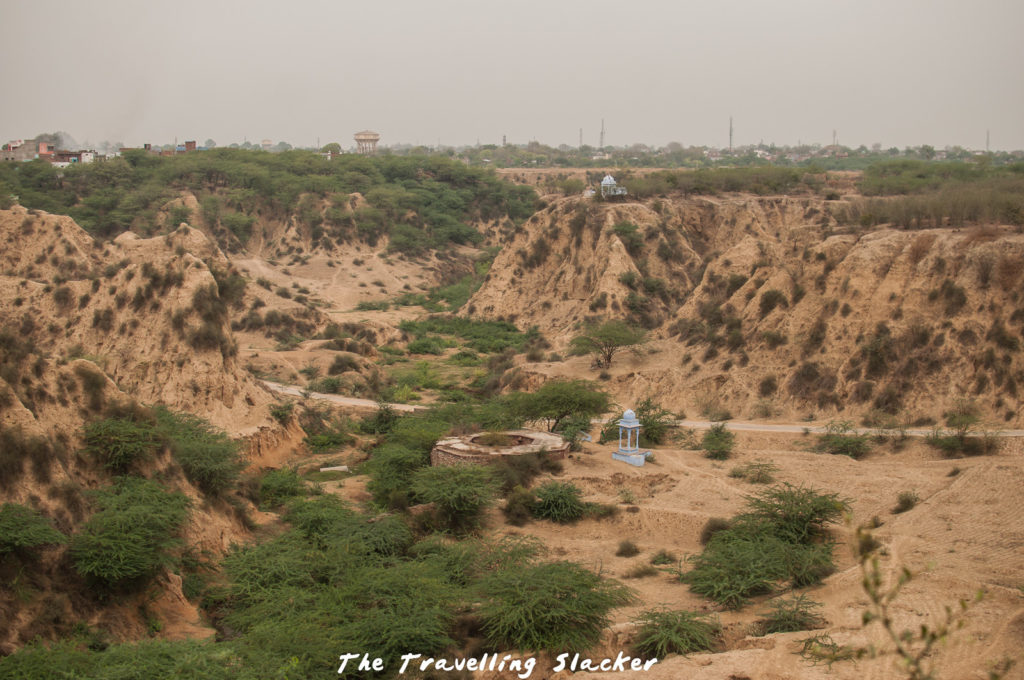About Lesson
Types of soil erosion
- Geological or normal erosion:
- Refers to erosion of land in its natural environment without the influence of human beings.
- caused by the action of water, wind, temperature variation, gravity, and glaciers.
- takes place steadily but so slowly that ages are required for it to make any marked alternation in the major features of the earth’s surface.
- Accelerated erosion:
- refers to the removal of the surface soil from areas denuded of their natural protective covers results of human and animal interference take place at a much faster rate than that at which it is built by the soil forming process.
Soil erosion based on causing agent
A) Water erosion:
- Includes i) Overland flow or sheet erosion ii) Micro-channel or rill erosion, iii) Gully erosion iv) Landslides or slip erosion, v) Stream bank erosion vi) Ravines

a) Sheet erosion:
- The first stage of erosion removes a thin covering of soil from large areas, often from entire fields, more or less uniformly during every rain that produces a runoff.
- often unnoticed as it occurs gradually.
- Its existence can be detected by the muddy color of the runoff from the field.
b) Rill erosion:
- This is the second stage of erosion.
- When sheet erosion is allowed to continue unchecked, the silt-laden runoff forms well-defined but minute finger-shaped grooves over the entire field. Such thin channeling is known as rill erosion.
- These shallow channels can be seen easily on the ground surface. This is more apparent than sheet erosion.
c) Gully erosion:
- When rill erosion is neglected, the tiny grooves develop into wider and deeper channels, which may assume a huge size. This is called gully erosion.
- The gullies tend to deepen and widen with every heavy rainfall.
- If the gullies are not checked in time, crop cultivation may become difficult.
d) Ravines:
- Ravines are deep and wide gullies that are formed after the prolonged process of gully erosion.
- It is an advanced stage of gully erosion.

e) Landslides or slip erosion
- Sliding down a mass of soil due to a steep slope is called a landslide.
- The fundamental causes of landslides are the topography of the region and geological structure, the kinds of rocks, and their physical characteristics.

f) Stream bank erosion:
- Small streams, rivulets, torrents are converted to stream bank erosion when their flow is and obstructed by any means.
- These sudden and violent flows are responsible for moving immense quantities of detritus, comprising boulders, shingles, sand, and silt, depending upon the geology of the terrain.
- This debris gets deposited in the torrent bed in the form of scattered islands owing to the sudden widening of the torrent channel after it emerges from the hills or owing to the flattening of the gradient in the lower reaches.
